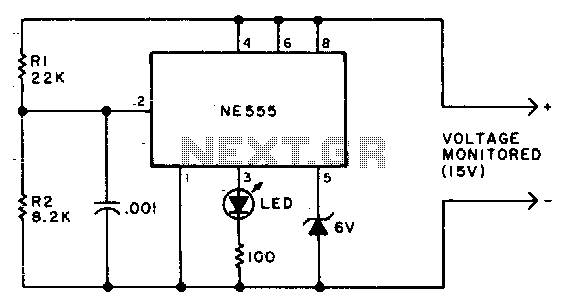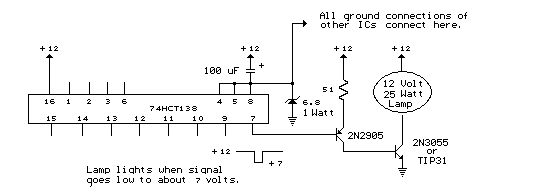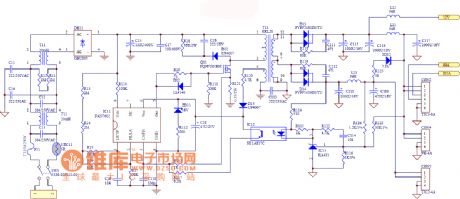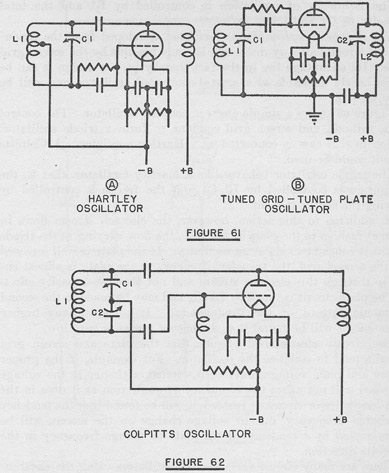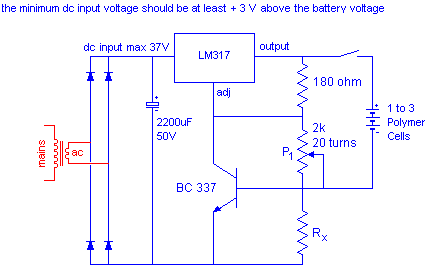
DZ-2 CRV-46152 Aircraft Direction Finding Equipment
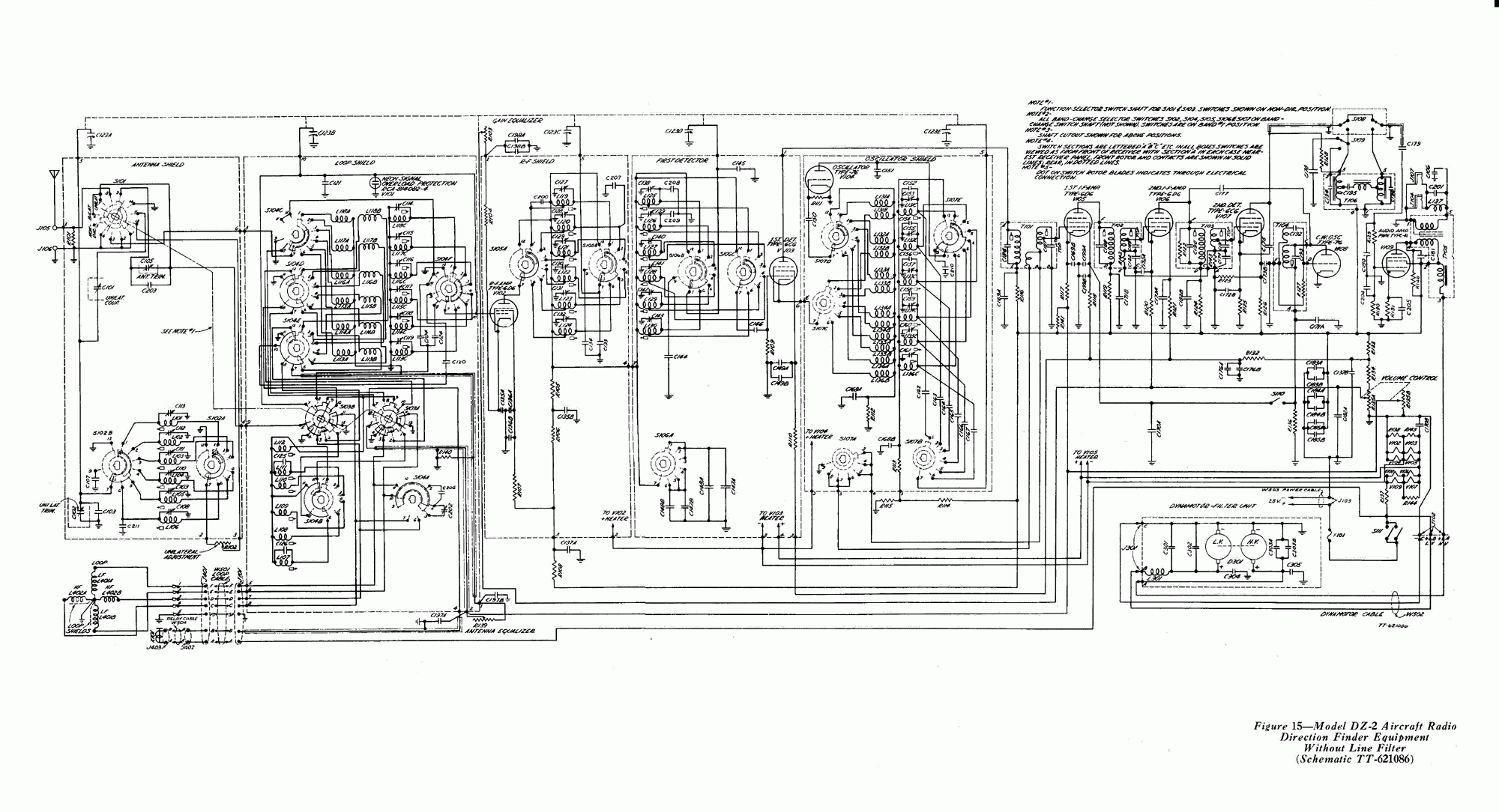
The DZ-2 was developed by RCA in Camden, NJ, for the U.S. Navy to function as a Radio Direction Finder in naval aircraft. With a contract date of June 30, 1939, the receiver exemplifies pre-war design. It operates using the aircraft's 24V DC power system, with high tension (HT) supplied by a separate dynamotor. The receiver can also function without the direction-finding loop and is capable of tuning into Non-Directional Beacons (NDBs) as well as the entire AM Broadcast Band. The display receiver had undergone modifications by enthusiasts and suffered from inadequate storage conditions, having been subjected to high pressure in a shipping container for six years. The aluminum construction was adversely affected, necessitating extensive restoration work. As the dynamotor was unavailable and the filaments had been rewired for 6.3V AC previously, an external mains supply was utilized to provide power. A high tension of 250 volts is deemed satisfactory. The original output transformer, which only allowed for headphone output, was removed and replaced with a transformer capable of supporting both speaker and headphone outputs, in addition to a balanced 600-ohm line for museum use.
The DZ-2 Radio Direction Finder is a notable piece of electronic engineering, reflecting the technological capabilities of its era. Designed primarily for naval aviation, the receiver's architecture includes a robust 24V DC power system, ensuring reliable operation in demanding environments. The high tension (HT) supply, originally sourced from a dynamotor, was critical for the receiver's functionality, allowing it to achieve the necessary signal amplification for effective direction finding.
The ability to operate without the direction-finding loop broadens the receiver's utility, enabling it to cover the entire AM Broadcast Band and receive Non-Directional Beacon signals. This versatility makes the DZ-2 not only a specialized piece of equipment for military applications but also a valuable tool for general radio communication.
The restoration process highlights the importance of maintaining and preserving historical electronic equipment. The challenges faced due to prior modifications and adverse storage conditions underscore the need for careful handling of vintage electronics. The replacement of the original output transformer with a more versatile model capable of supporting both speaker and headphone outputs demonstrates a commitment to usability in a modern context, particularly for educational or display purposes in a museum setting.
Overall, the DZ-2 serves as a testament to early radio technology and its evolution, providing insights into the design considerations and engineering practices of the late 1930s. Its restoration and adaptation for contemporary use ensure that this piece of history remains accessible and functional for future generations.The DZ-2 was built by RCA, Camden NJ, for the U. S. Navy for use in naval aircraft as a Radio Direction Finder. With a contract date of June 30 1939, the receiver is an interesting example of pre-war design. The receiver was powered by the aircraft`s 24v DC power system, with the HT being provided by a separate dynamotor. The receiver can be used without the direction finding loop and covers the NDB`s and the whole AM Broadcast Band. The display receiver had suffered, firstly by some enthusiast`s modifications and secondly by being poorly stored and pressure cooked in a shipping container for 6 years. Aluminium does not like these conditions and the set needed quite a lot of restoration work. As the dynamotor was not available and the filaments had been rewired for 6. 3v AC in a previous life, an external mains supply was used to provide power. HT of 250 volts is satisfactory. The output transformer had been removed as it provided headphone output only. This was subsequently replaced with one capable of speaker and headphone output along with balanced 600 line for use in the museum.
🔗 External reference
The DZ-2 Radio Direction Finder is a notable piece of electronic engineering, reflecting the technological capabilities of its era. Designed primarily for naval aviation, the receiver's architecture includes a robust 24V DC power system, ensuring reliable operation in demanding environments. The high tension (HT) supply, originally sourced from a dynamotor, was critical for the receiver's functionality, allowing it to achieve the necessary signal amplification for effective direction finding.
The ability to operate without the direction-finding loop broadens the receiver's utility, enabling it to cover the entire AM Broadcast Band and receive Non-Directional Beacon signals. This versatility makes the DZ-2 not only a specialized piece of equipment for military applications but also a valuable tool for general radio communication.
The restoration process highlights the importance of maintaining and preserving historical electronic equipment. The challenges faced due to prior modifications and adverse storage conditions underscore the need for careful handling of vintage electronics. The replacement of the original output transformer with a more versatile model capable of supporting both speaker and headphone outputs demonstrates a commitment to usability in a modern context, particularly for educational or display purposes in a museum setting.
Overall, the DZ-2 serves as a testament to early radio technology and its evolution, providing insights into the design considerations and engineering practices of the late 1930s. Its restoration and adaptation for contemporary use ensure that this piece of history remains accessible and functional for future generations.The DZ-2 was built by RCA, Camden NJ, for the U. S. Navy for use in naval aircraft as a Radio Direction Finder. With a contract date of June 30 1939, the receiver is an interesting example of pre-war design. The receiver was powered by the aircraft`s 24v DC power system, with the HT being provided by a separate dynamotor. The receiver can be used without the direction finding loop and covers the NDB`s and the whole AM Broadcast Band. The display receiver had suffered, firstly by some enthusiast`s modifications and secondly by being poorly stored and pressure cooked in a shipping container for 6 years. Aluminium does not like these conditions and the set needed quite a lot of restoration work. As the dynamotor was not available and the filaments had been rewired for 6. 3v AC in a previous life, an external mains supply was used to provide power. HT of 250 volts is satisfactory. The output transformer had been removed as it provided headphone output only. This was subsequently replaced with one capable of speaker and headphone output along with balanced 600 line for use in the museum.
🔗 External reference
